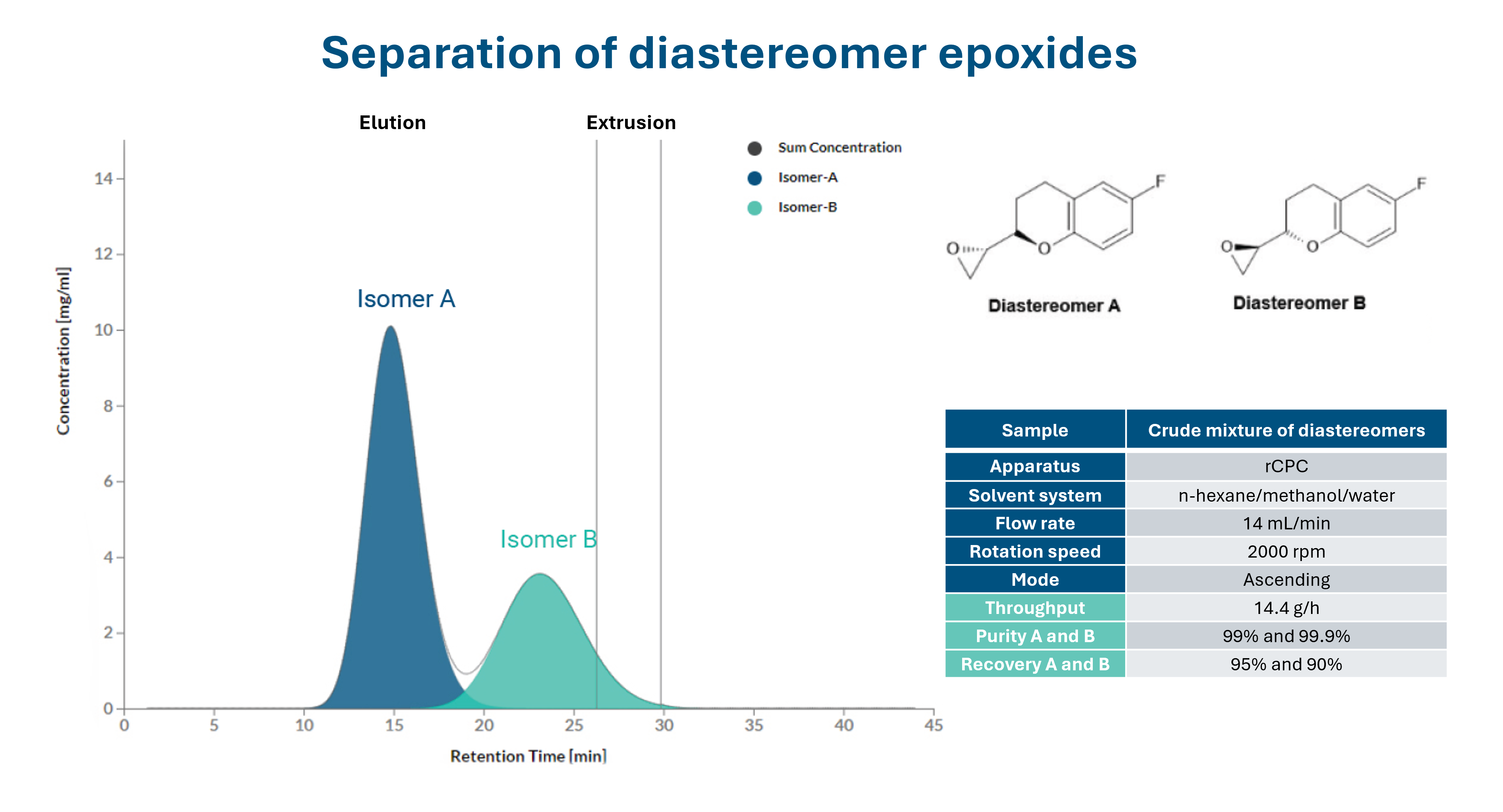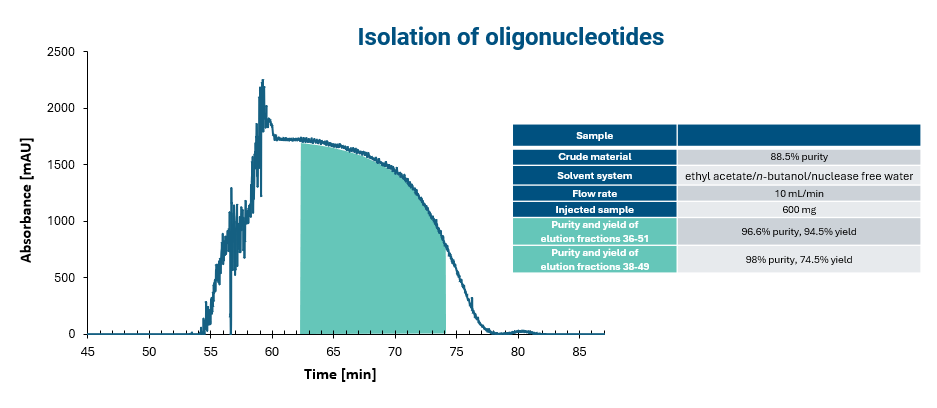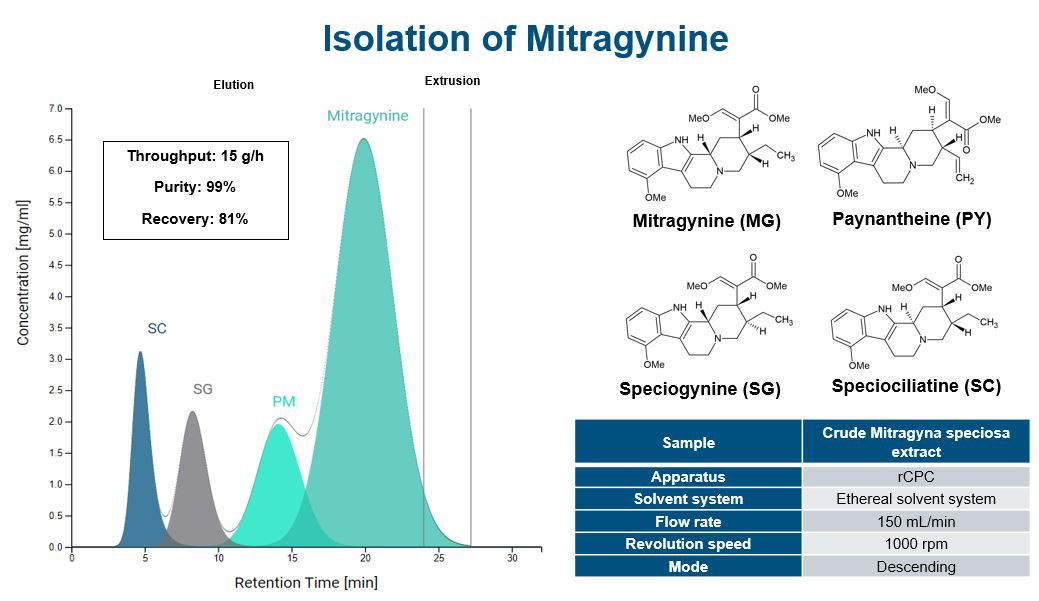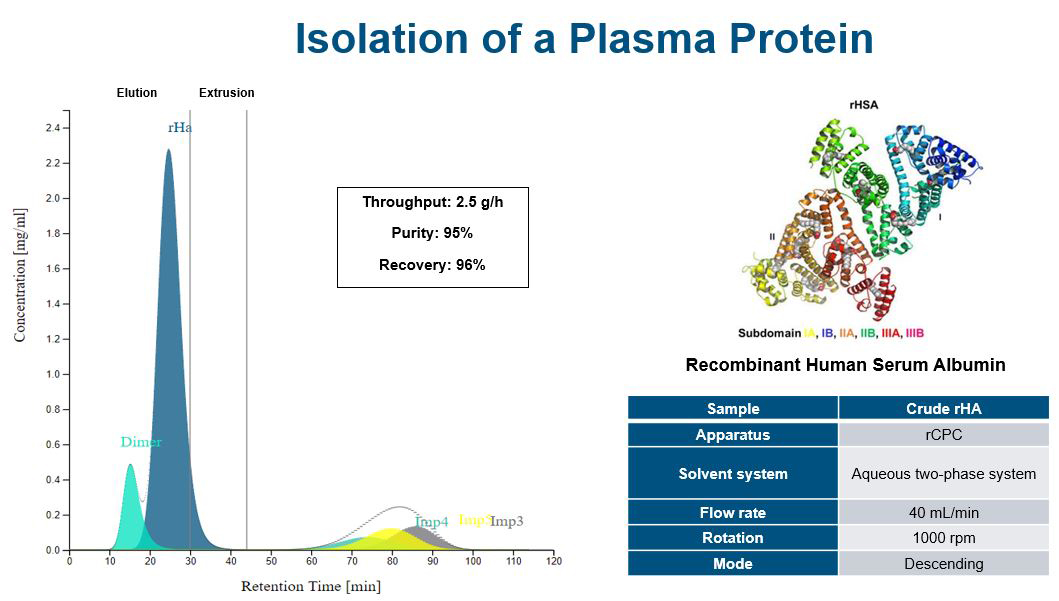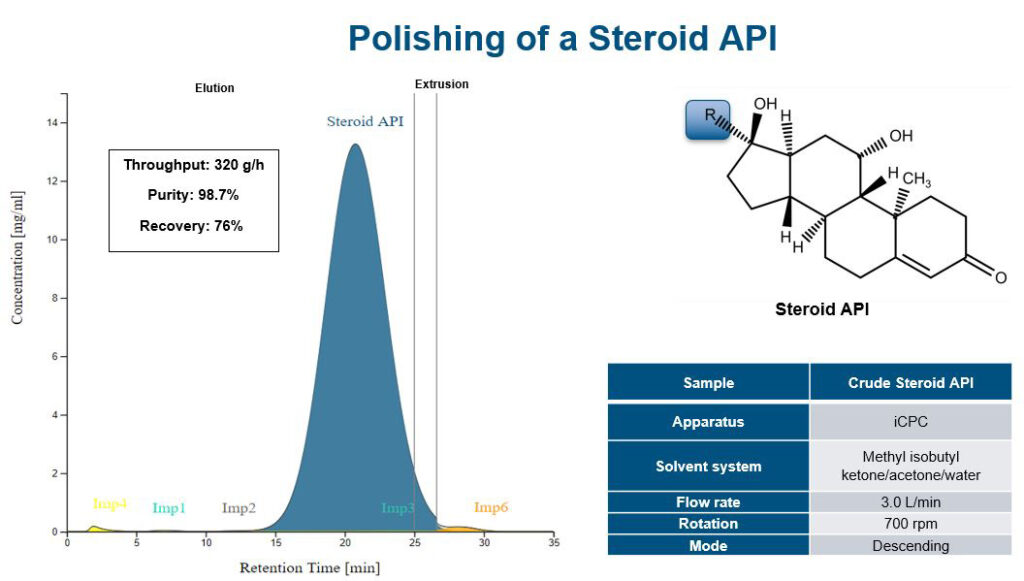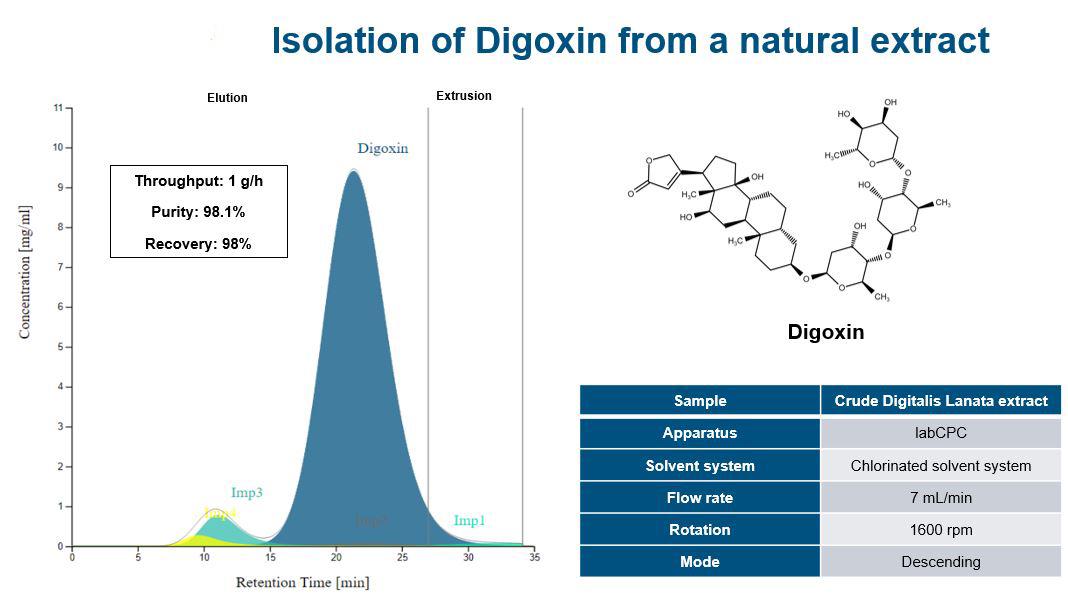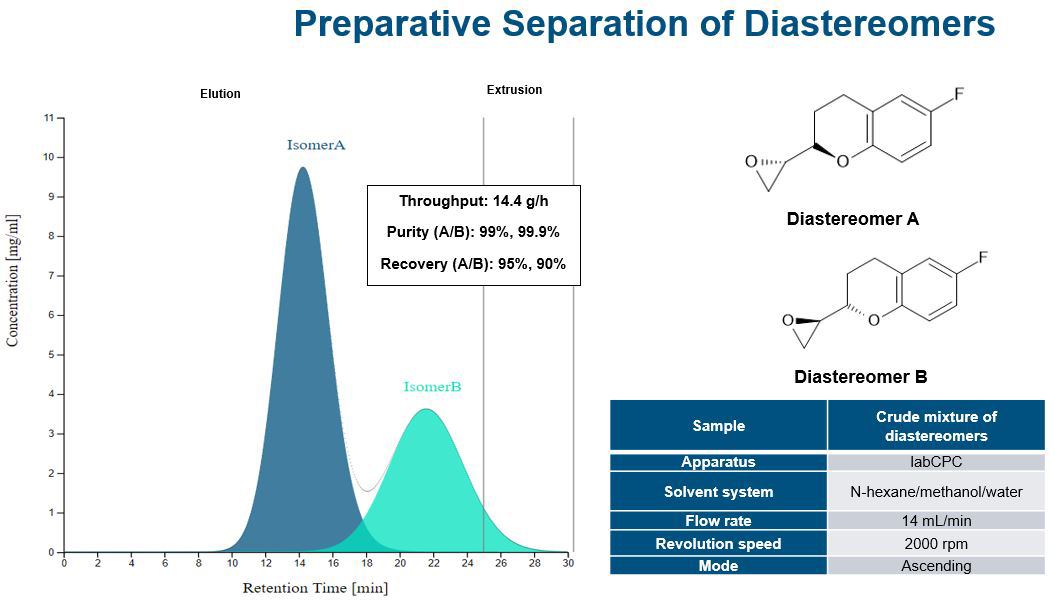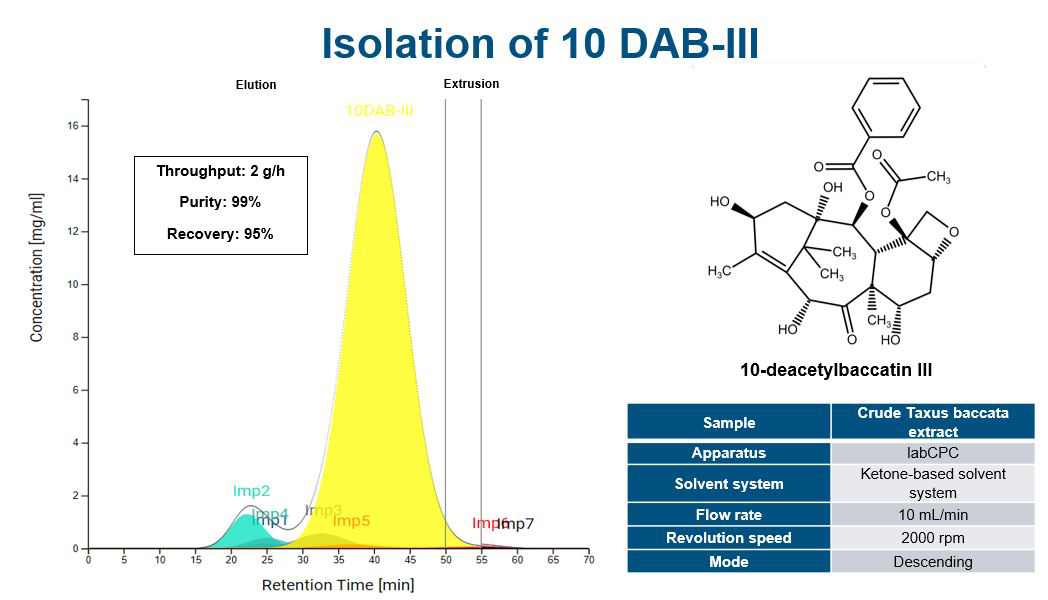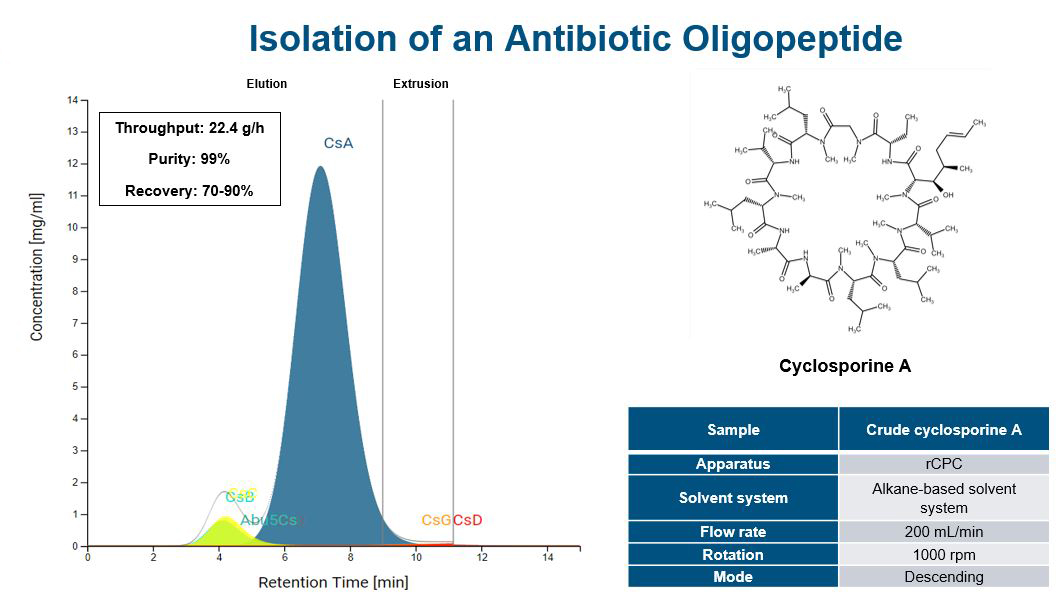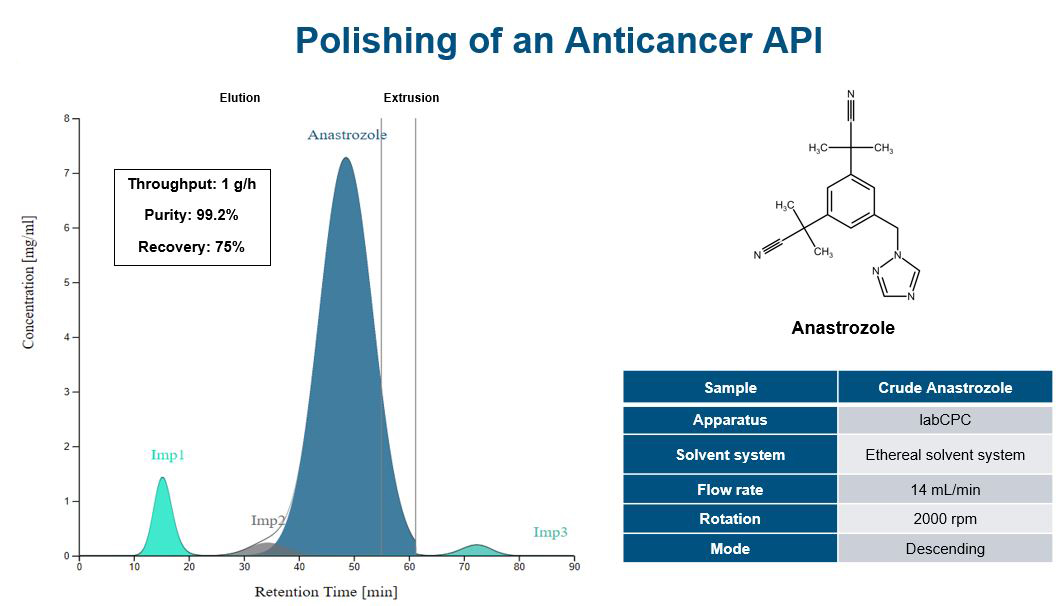RotaChrom Technologies Unveils Laboratory-Scale Chromatographic Method Development Platform
Download, NewsRemdesivir: Explore a new purification method
Embark on a journey of innovation with us as we explore the transformative potential of Liquid Chromatography and Centrifugal Partition Chromatography in Remdesivir preparation. Join industry pioneers in ensuring your Remdesivir meets the utmost standards of quality, purity, and precision. Unlock a new level of excellence in pharmaceutical development.
